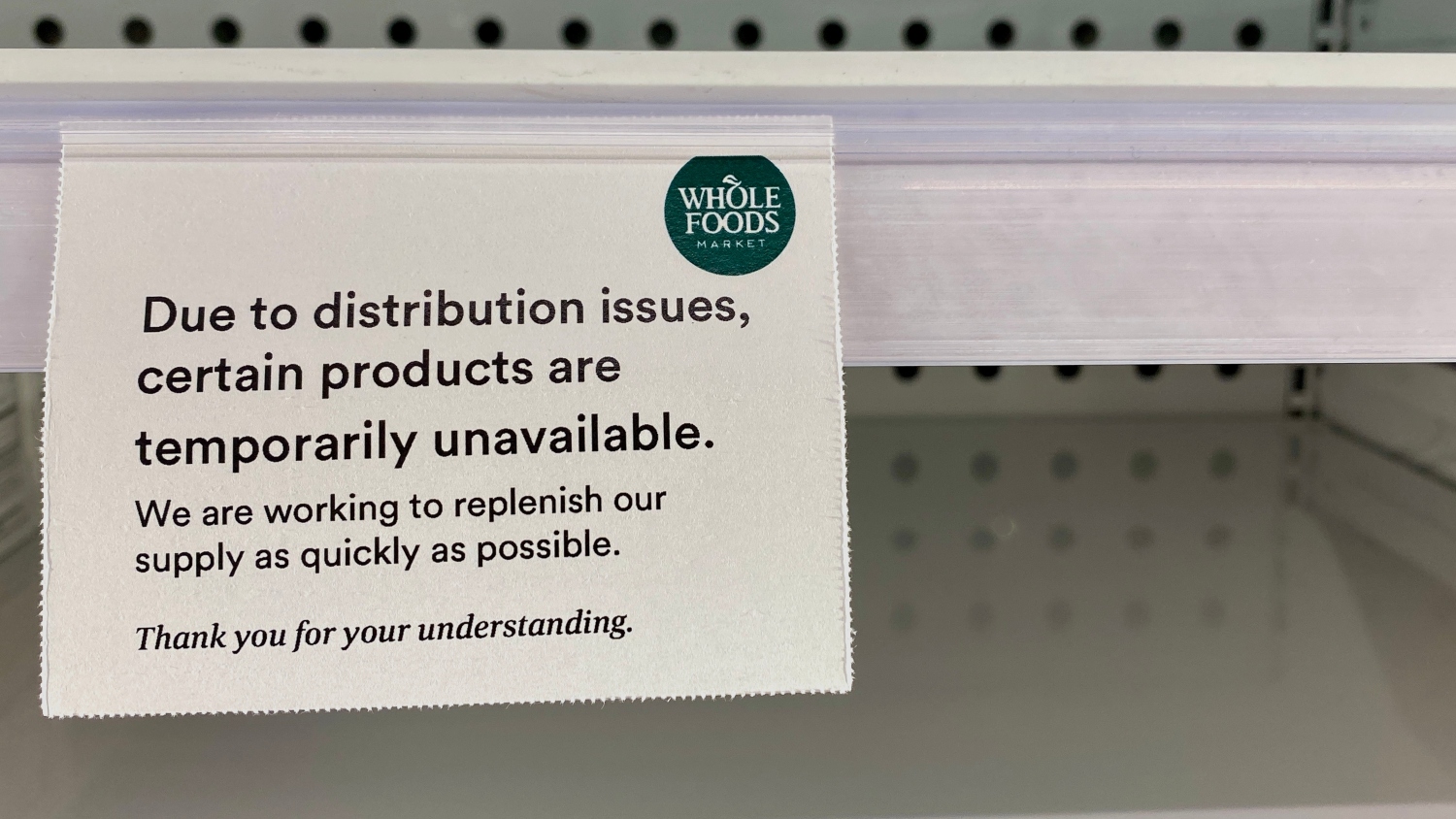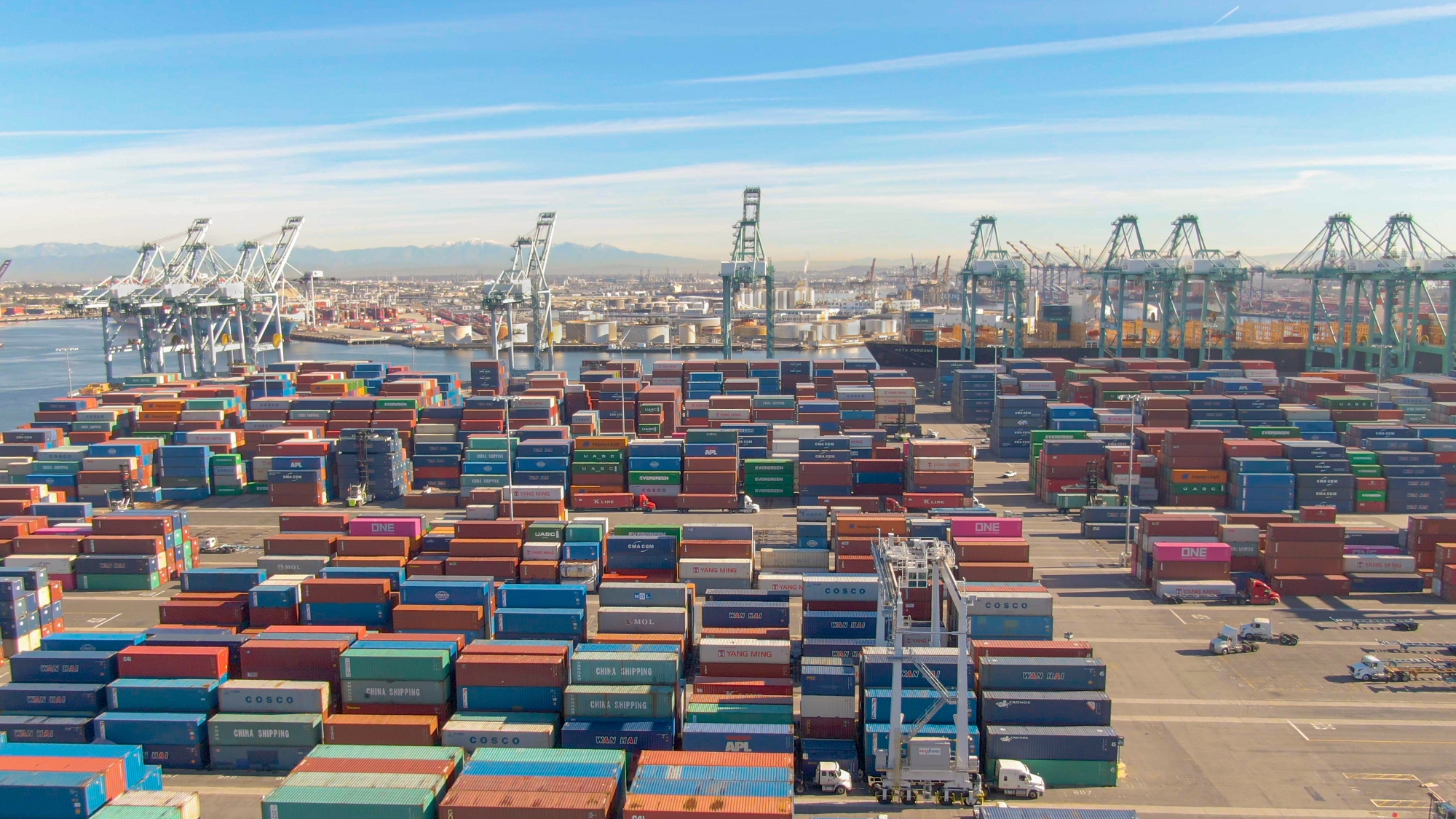Logistics in China (DELIVER) – China Series Part 5
The majority of the growth that has occurred in China is in the Pearl River Delta. Transformed from a rural backwater into the world’s workshop through Deng Xiaoping’s economic reforms and the proximity of Hong Kong’s capital, technology and business skills, the Pearl River Delta (PRD) centered on Guangdong province, China’s richest. It is home to the world’s largest suppliers of everything from television to toys. But worsening pollution, infrastructure, power bottlenecks, severe labor shortages and rising wage costs are combining to take the edge off that success. The PRD is starting to lose investors to another of China’s economic and political heavyweights – Shanghai and the Yangtze River Delta, which enjoys better access to China’s huge domestic market. In particular, areas such as the Suzjou Industrial Park have witnessed phenomenal growth; in a recent visit I noticed that the bulk of foreign direct investment is going to this area, and that an average of one plant a day is opening.
The PRD has responded by announcing the creation of a “Pan-Pearl River Delta” that would extend regional cooperation in trade and investment from the south and east of the country to the center and west. Also known as the “9+2,” it would link the nine provinces of Guangdong, Fujian, Jinagxi, Hunan, Guangxi, Hainan, Guizhou, Yunnan and Sichuan with the two special administrative regions of Hong Kong and Macau via a new web of road, rail and air routes (1). Simultaneously, trade and non-tariff barriers between the provinces would be eliminated to allow the PRD to develop new markets and free up the movement of labor. This area has a population of 450 million, a gross domestic product of some $630 billion, and encompasses a fifth of China’s land, a third of its people, produces one-third of the country’s exports and almost 40% of its economic output.
This would be a massive undertaking, given the competition from the YRD. While Guangdong’s exports have doubled in the past five years to reach $153 billion in 2003, those of the Greater Shanghai region (including Zhejian and Jiangsu) have almost quadrupled to catch up. In terms of foreign direct investment, Shanghai is already ahead, attracting $21 billion in FDI last year against $7.8 billion in Guangdong. Today, there is a huge rivalry between provinces, towns and local districts, which explains the duplicate investment in ports and airports in Guangdong. It has also led to unnecessary red tape and a host of trade barriers. Goods traveling across the region are routinely loaded onto different trucks at each provincial border, while tourists have to switch travel agents and guides from municipality to municipality. However, provincial officials are beginning to develop “enlightened self interest” and are starting to see the benefits of if not cooperating exactly, at least not competing.
There are many Chinese logistics “hot spots” that can negatively impact on-time delivery of shipments from China. The most notable of these is the Long Beach port in Los Angeles – during which the famous dock workers strike almost ruined every national retailer’s Christmas in 2002.
By the time this article is published, this information will be obsolete. The economic and cultural aspect of China is shifting so quickly, that it is impossible to keep up without actively being involved in activities on the front lines. However, it does provide some insights into the types of changes that are underway.
Some of the biggest challenges in China have to do with their logistics infrastructure. Roads are absolutely clogged in major cities (Shanghai, Beijing). Rail bottlenecks and railcar shortages are prolific on state railway systems. Even truck capacity can be a problem, due to the difficulty of scheduling trucks given the tight relationships between existing suppliers and trucking companies. The infrastructure is bulging – the Chinese government is investing >$300B in next three years to increase highway systems to create a major north/south east/west grid of highways in five years linking major regions of China. In the interim, however, expect delays, and even after five years, access to far west mountainous regions will remain problematic. One can also expect delays when switching carriers that are shipping across provincial lines.
In dealing with logistics problems, the importance of guangzi was illustrated to us in a conversation with a major Fortune 500 executive. “I was unable to get my product delivered by rail – so I asked by secretary to camp out in the office of the Minister of Transportation until I could get a meeting scheduled with him. After two days – I got a meeting. I sat down with him, and complained that my shipments were being delayed. He picked up the phone, and barked out instructions that our rail cars were not to be delayed in the future. The problem was immediately solve.”
On the other hand, the capriciousness of the Ministry of Transportation can work in other ways as well. A project manager building a $10B chemical plant was told that the erected steel he was expecting to receive by rail would be delayed for two weeks. Why? Because the energy shortage across China dictated that rail cars were to be allocated for coal shipments, to keep the majority of the major manufacturing plants from shutting down!
Reference:
(1) “String of pearls”, The Economist, November 20, 2004, p. 43.
- Categories:


